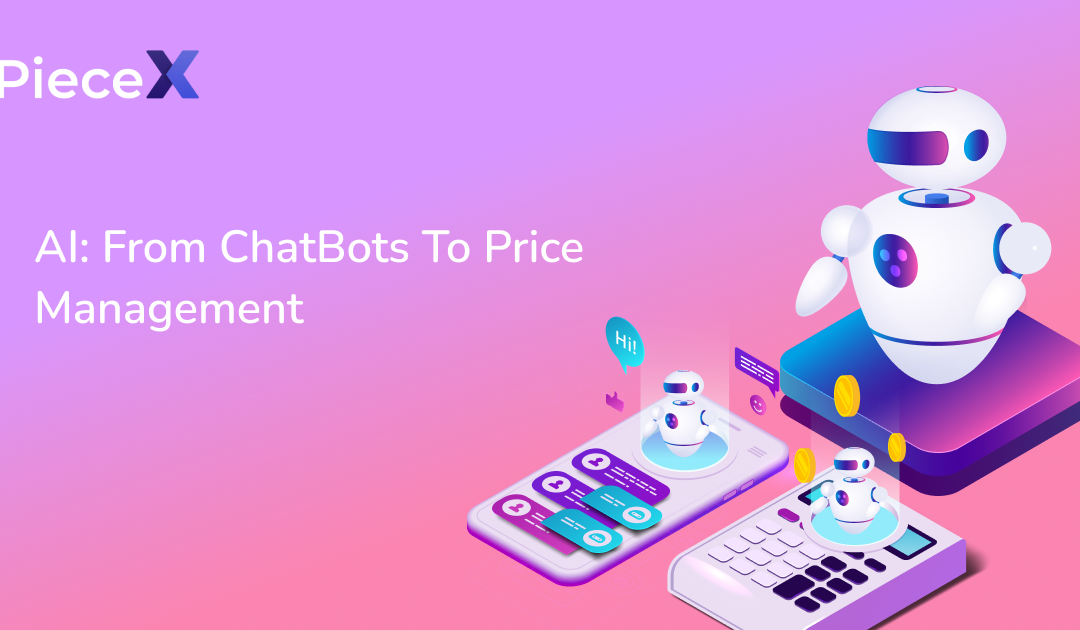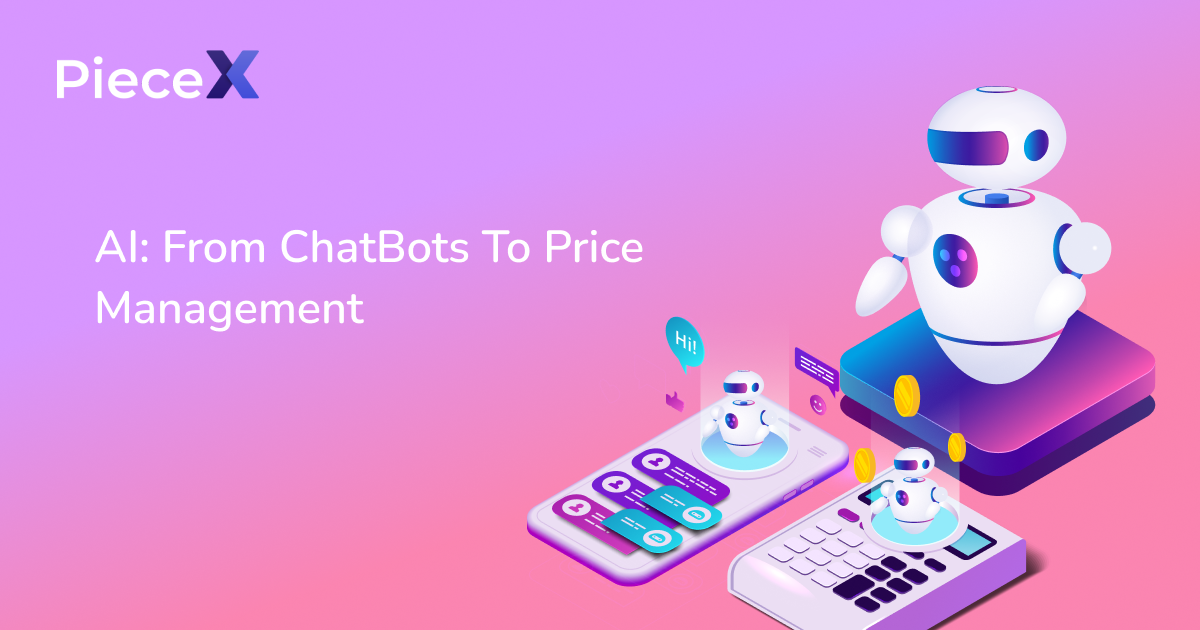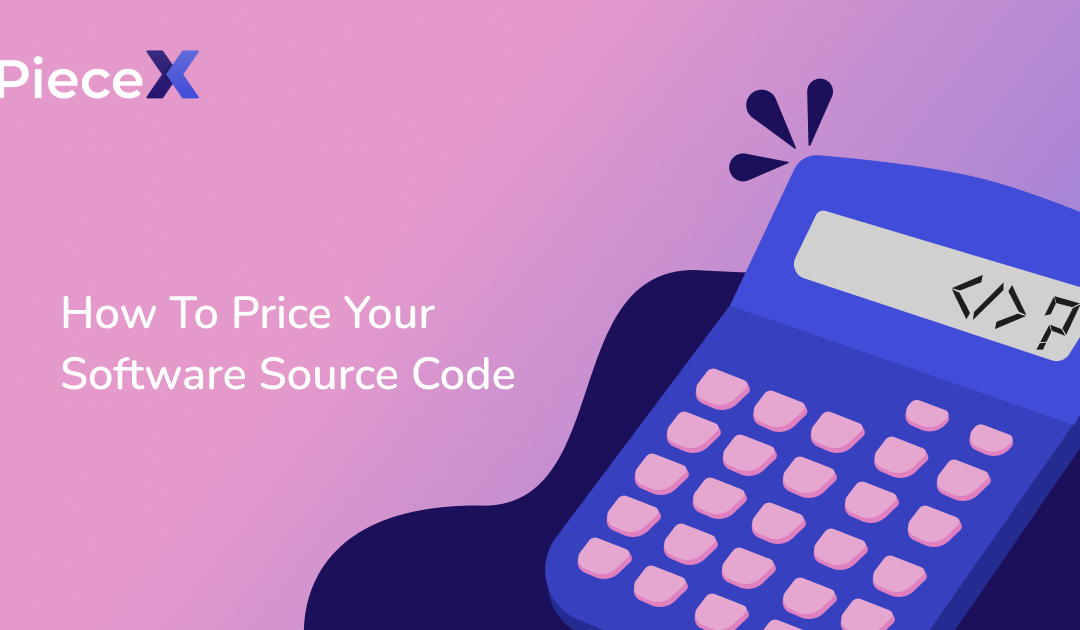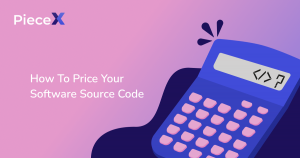
AI: From Chat Bots To Price Management

Artificial Intelligence (AI) is a technology that has changed many industries around the world. It helps businesses by making processes more efficient and improving customer experiences. In this article, we will explore two important ways AI is used: chat bots and price management. We will learn about their evolution, what they can do, and how they can benefit us in the future.
The Rise of Chat Bots
Chat bots such as ChatGPT are computer programs that can have conversations with people. They have become very popular in recent years, especially for customer service. Many companies, like those in e-commerce or banking, use chat bots to help their customers.
Chat bots can do many things. They can answer common questions, give real-time help, and guide users through processes. With AI, these bots can understand and respond to human language, making interactions feel more personal and human-like.
Advancements in Natural Language Processing (NLP)
One important part of chat bots is Natural Language Processing (NLP), which is a type of AI that focuses on how computers and humans communicate with each other. NLP has made chat bots even better by helping them understand and interpret what people say.
With NLP, chat bots can understand context, detect emotions, and find important information from what users say. They can have meaningful conversations and give accurate answers. This has made customer support faster and improved overall customer satisfaction.
Beyond Chat Bots: AI in Price Management
Price management is a big challenge for businesses. It’s hard to know the best prices for products because markets change and customers have different preferences. AI can help with this by providing new ways to optimize pricing strategies.
AI uses a lot of data to analyze market trends, what competitors are doing, and what customers want. By using AI-powered pricing models and algorithms, businesses can make smart decisions about how to price their products. This helps them adapt to changes in the market and make more money.
One example of AI in price management is PieceX, a marketplace for software and AI assets. PieceX uses AI to set prices in real-time based on demand and availability in its very own Dynamic Pricing. This helps businesses stay competitive and make more profit.
Case Study: AI Dynamic Pricing in PieceX
PieceX harnessed the power of AI algorithms to optimize the prices of its products, analyzing customer preferences and competitor strategies. By closely monitoring what customers desired and adjusting prices accordingly, PieceX successfully maintained competitiveness and drove increased profitability for all its Marketplace sellers. The outcome was a significant boost in sales and heightened customer interest, establishing PieceX as a prominent leader within its industry.
Through the implementation of Dynamic Pricing, PieceX experienced remarkable outcomes. By carefully observing customer demands and aligning pricing strategies accordingly, PieceX ensures its offerings remained compelling in a competitive market landscape. As a result, the company witnessed a substantial increase in sales volume and a surge in customer engagement. This success solidified PieceX’s reputation as an industry leader, earning recognition and trust from both customers and competitors alike.
Future Outlook
The future of AI in chat bots and price management looks promising. As technology improves, chat bots will become even better at helping customers and making interactions feel more human. AI will also continue to evolve in price management, helping businesses make better pricing decisions and be more successful.
However, there are challenges to consider. We need to make sure that AI is used ethically and that it respects people’s privacy. There is also more work to be done in developing AI that can understand complex emotions and context.
Conclusion
In conclusion, AI has changed how businesses interact with customers and manage prices. Chat bots with AI have made customer support faster and better. They can answer questions and help customers with problems. AI has also helped with price management by using data to make smart pricing decisions. This helps businesses adapt to changes in the market and make more money.
The future of AI in chat bots and price management is exciting. As technology improves, chat bots will become even more helpful and personalized. They will make customer experiences smoother and more enjoyable. AI will also continue to advance in price management, assisting businesses in setting optimal prices and maximizing their profits.
By embracing AI, businesses can enhance customer experiences, streamline operations, and stay competitive in a rapidly evolving market. It’s an exciting time for AI, and we can expect further innovations and opportunities in chat bots and price management as this technology continues to progress.
For more articles like this, make sure to check out our knowledgebase blog!


